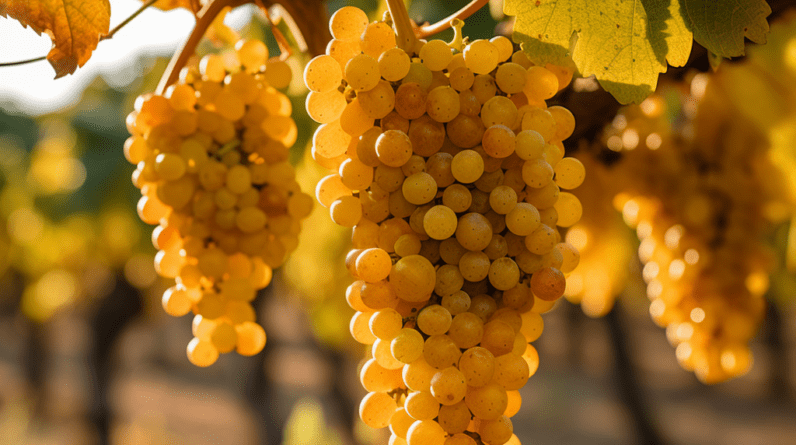
Welcome to the delightful world of wine, where flavors dance on your palate and aromas tantalize your senses.
In this exploration, we embark on a journey to uncover the enchanting secrets of late-harvest wines.
These wines, renowned for their rich, honeyed notes, are a testament to the artistry of winemaking.
Get ready to sip, savor, and discover the allure of late-harvest wines.
What Are Late-Harvest Wines?
Late-harvest wines are more than just a sip of grapes; they are a symphony of patience and precision.
To truly appreciate them, let’s delve into the essence of late-harvest wines.
Picture grapes basking in the late autumn sun, their flavors intensifying with each passing day.
This extended ripening period is the hallmark of late-harvest wines, imparting them with rich, honeyed nuances that set them apart from the ordinary.

Grape Varieties for Late-Harvest Wines
Now that we’ve grasped the concept, it’s time to explore the stars of late-harvest wines – the grape varieties.
Riesling, Moscato, Pinot Gris, and more; these grapes are chosen not by chance, but by their innate qualities.
Riesling, for instance, thrives in cool climates, retaining its natural acidity even as it sweetens on the vine, making it an ideal candidate for late harvest.
The Science Behind Sweetness
What makes late-harvest wines sweet?
It’s all about residual sugar, the unconverted sugar that lingers in the wine.
As we sip, let’s also uncover the secrets of fermentation.
Yeast cells are the alchemists of winemaking, transforming grape juice into alcohol.
But in sweet wines, fermentation is halted before it’s complete, leaving behind the delightful sweetness we cherish.
Methods of Making Sweet Wines
Let’s venture into the winemaker’s toolbox.
There are various methods to craft sweet wines.
Some grapes are dried in the sun, intensifying their sugars.
Others have neutral spirits added to stop fermentation and preserve their sweetness.
And then there are those that are simply left on the vine until they reach perfection – the late harvest.
WHAT IS THE BEST GLASS FOR A LATE-HARVEST WINE?
Noble Rot and Its Role
In the world of late-harvest wines, there’s a noble villain – Botrytis cinerea, affectionately known as “Noble Rot.”
This benevolent fungus is no ordinary guest; it shrivels grapes into raisins, concentrating their sugar and adding complex layers of flavor.
The result? An exquisite, sweet elixir that captivates the palate.

Pairing Late-Harvest Wines with Food
Now, let’s discuss the art of pairing late-harvest wines with food.
It’s a delightful challenge; the sweetness of the wine should complement, not clash, with your dish.
When serving a late-harvest Riesling, think of lemon cream pie or lemon pound cake.
The bright acidity of the wine dances with citrusy delights.
In summary, late-harvest wines are a testament to the harmony of nature and craftsmanship.
They are a treasure trove of flavors, waiting to be explored.
The rich, honeyed notes and complexity of these wines make them a delightful addition to any wine lover’s collection.
So, raise your glass and savor the sweetness of late-harvest wines.
FAQ
Q1: What makes late-harvest wines different from regular wines?
Late-harvest wines are made from grapes left on the vine longer, allowing them to become sweeter and more concentrated in flavor compared to regular wines.
Q2: How do you pair late-harvest wines with food?
Pair late-harvest wines with desserts that match their sweetness, such as fruit-based desserts for white late-harvest wines and chocolates for more full-bodied options.
Q3: What is the significance of Botrytis cinerea in late-harvest wines?
Botrytis cinerea, known as “Noble Rot,” helps concentrate grape sugars and adds complex flavors, enhancing the sweetness and quality of late-harvest wines.
Q4: Can any grape variety be used for late-harvest wines?
Technically, yes, but certain grape varieties like Riesling, Moscato, and Pinot Gris are preferred due to their ability to produce exceptional late-harvest wines with a balance of sweetness and flavor.







